8 Quick Tips to Transform your Landscape Photography
by Alex W.
Landscape photography is a growing passion/obsession at the moment, and it's no surprise. Humans are intrinsically linked to the great outdoors, and with more and more of us spending more and more of our time in dingy offices it's unsurprising that people are craving nature.
Add to that the increasing supply and decreasing cost of camera equipment, including the fact that everybody carries their smartphone around, and it results in millions of landscape photographs being shared every single day.
But how can we stand out from the crowd of Instagrammers and Tweeters? Simple - We just need to improve our own landscape photography and make sure that it's better than the rest.
Contents
If you haven't read out beginners guide to composition yet, I'd recommend doing so. And then we'll dive right into these quick tips to improve your landscape photography!
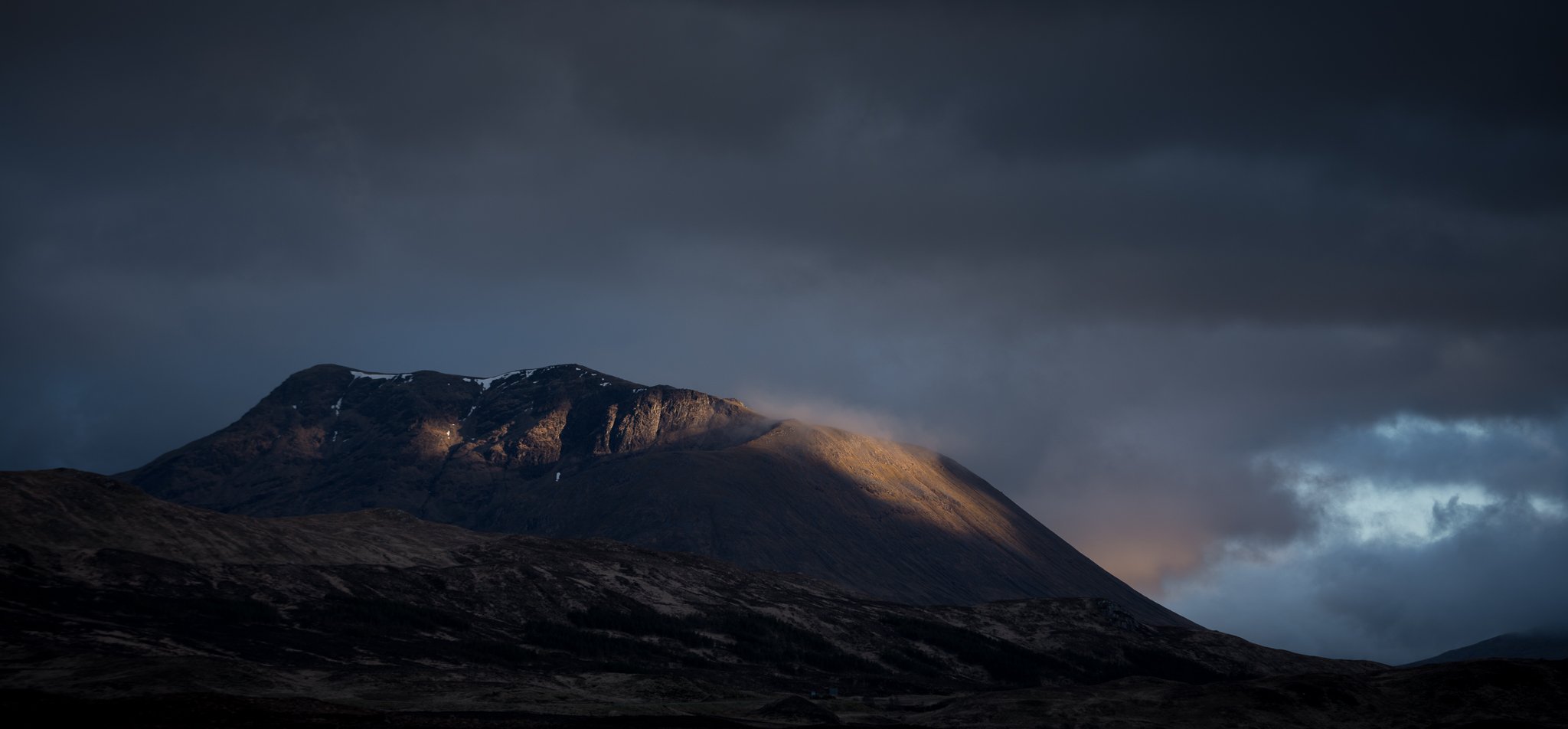
1. It's All About the Light
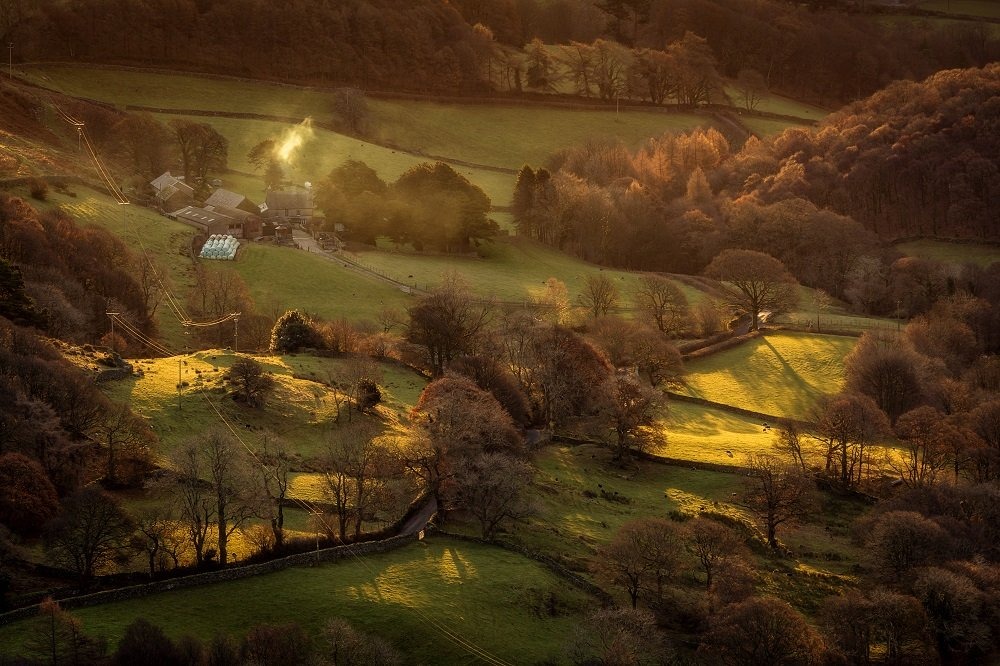
Get up early - Stay out late. That's the mantra of the successful landscape photographer. Light is the single most important thing in photography, which is quite obvious really considering that without light there is no photograph.
However, it's not just the presence of light that's important. The quality of that light plays one of the most important roles in landscape photography. We are generally aiming for light that brings out the best in our subjects, often illuminating it in a soft glow and ideally lighting up the sky in a gorgeous palette of pastel shades.
For this to happen we need to be on location at the right time, and it just so happens that the 'right time' is shortly after sunrise and shortly before sunset. Generally speaking, we refer to the golden hour of photography as the hour after sunrise and the hour before sunset, with that being when the light is at it's finest. In summer months this can result in some absurdly early alarm calls, but when you come away with a gorgeous photo all that tiredness melts away!
2. Do Your Research
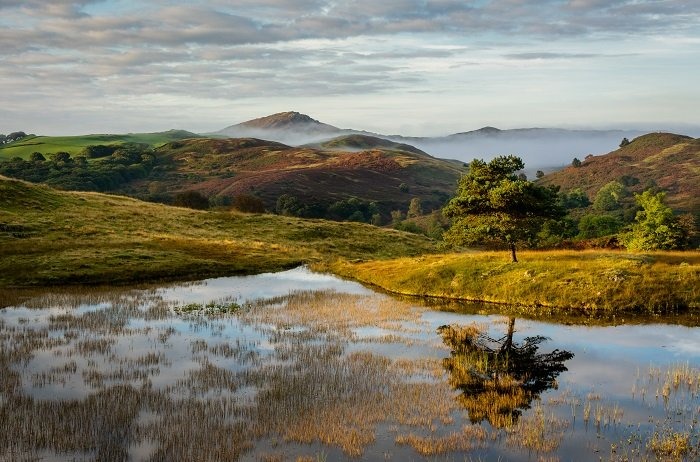
It's all well and good heading out to a new location and hoping for the best, and if that's the way you like to work then that's fine. However, for the majority of landscape photographers they could benefit from doing a bit of research before heading out on a shoot.
This can include using some popular photography related apps such as The Photographers Ephemeris or simply checking the weather for your destination. The idea is that when you arrive on location the weather is as you expected and you know where the sun will be at certain points throughout the shoot. This stops you running around like a headless chicken as you try to figure out what's going to happen, and generally results in a much more pleasant day out.
We go in depth into the planning and preparation stage of landscape photography in Part 3 of our Ultimate Guide to Landscape Photography.
Here are a few things you should check before every landscape expedition:
- Weather - This includes cloud cover, rain percentage, wind speed.
- Position of the sun - So you know where the sun is rising/setting and what path it's taking to get there.
- Time of sunrise/sunset - Believe me, you don't want to arrive 30 minutes late because you forgot to check what time the sun was rising.
- Tide times: Obviously only when shooting seascapes. Not only does this help you predict what you can shoot, but it's crucial for your safety when in the field.
3. Create a Sense of Depth
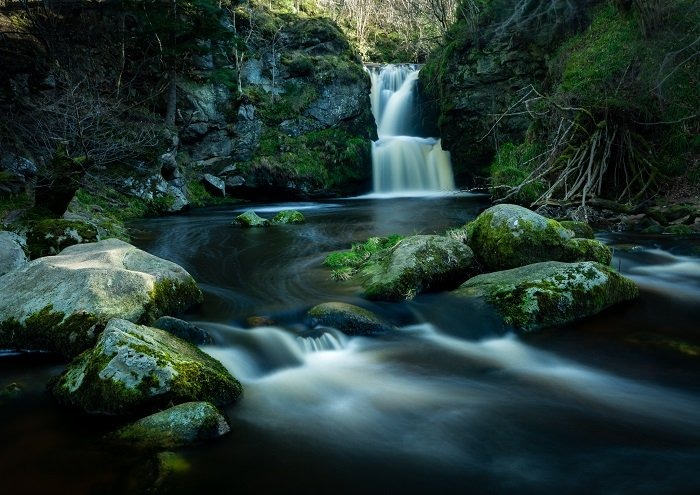
The aim of landscape photography is to transport the viewer into the scene, and the key to unlocking this potential is a sense of depth to the photograph. Remember, we're trying to portray a three-dimensional scene on a two-dimensional medium, so we need to use everything in our power to add that depth back into the image.
One of the most effective ways of doing this is to use a solid foreground aspect within your image, therefore creating a sense of depth between it and the background. This can be anything that works well in your image: Rocks, people, trees, animals, and even things like waves and shadows can be used.
You can also implement Leading Lines to enhance the sense of depth in an image.
Remember - When using a foreground the aperture setting becomes a very important tool. Make sure you understand The Exposure Triangleproperly!
4. Keep the Horizon Straight
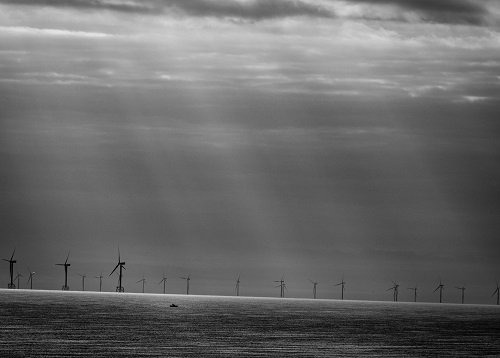
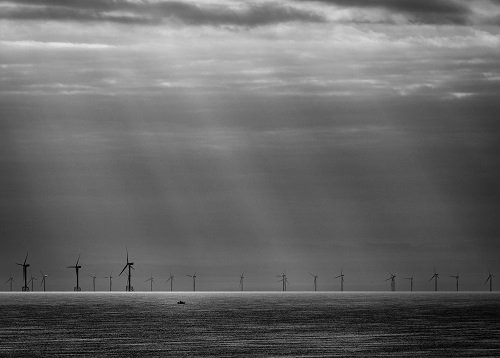
This is one of the few rules that I would advise you never to break in landscape photography (And I advise that you break a lot of them). Most of the others have situations where it's best to avoid the 'rules', but I'm yet to come across a situation that benefited from a crooked horizon.
It's not immediately obvious to the casual viewer when the horizon is off in a photo, but subconsciously they definitely notice! They often don't know what exactly is wrong with the photo, just that something feels off about it. That's because a crooked horizon is unnatural to our eyes. Take a look at the images above - The tiny adjustment to get the horizon straight makes the world of difference compared crooked horizon version.
5. Use a Tripod
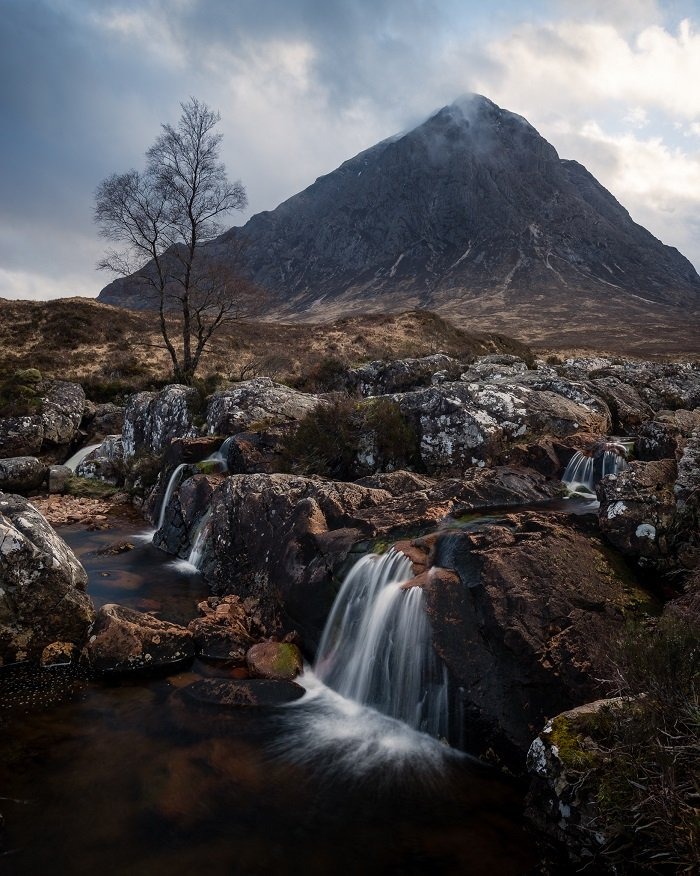
There are plenty of reasons for using a tripod, including (but not limited to) keeping your shot sharp, long exposures, increasing depth of field, and keeping your composition correct. All of these advantages are very well suited to landscape photography.
A sharp shot is always better than one with unintentional motion blur in it, and if we're using foreground material often we'll want to increase our depth of field (resulting in a slower shutter speed.) In addition, having our camera mounted on a tripod allows us to keep the composition exactly the same between shots, allowing us to both experiment with different settings and wait for the right time to press the shutter without having to think about composition again. Not only this, but having your camera on a tripod often forces you to think about your composition more, urging you to meticulously fine-tune it into the best shot it can possibly be.
The reasons for carrying a tripod are numerous, and with such lightweight carbon-fibre ones on the market at the moment there are very few disadvantages to taking one out with you.
6. Add a Sense of Scale
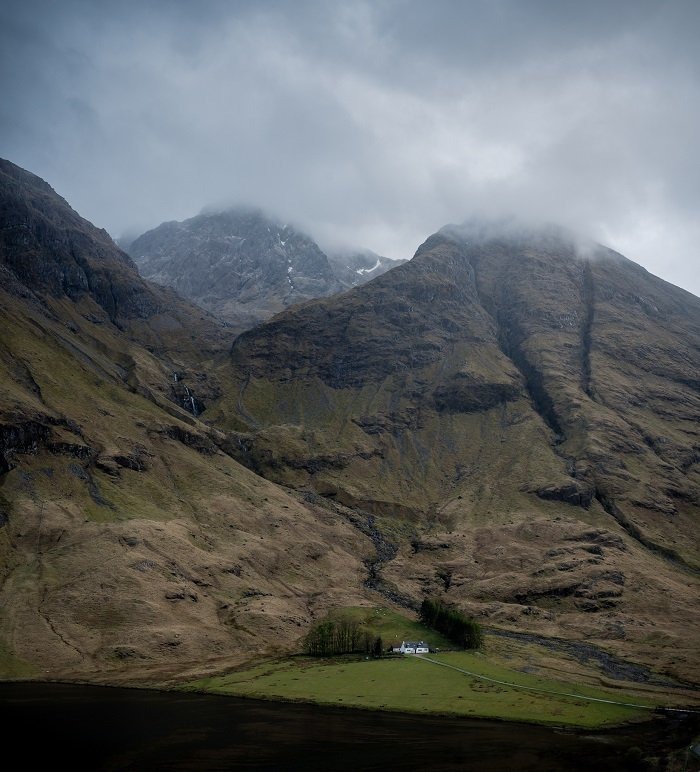
Having a sense of scale in your landscape shots is something that can really add drama into your images. Those dramatic cliffs and mountains look a lot more impressive when you realise the sheer scale of them.
A sense of scale can be used in a number of way, but the imperative notion is that the image needs an object of known height. For example, people, animals, trees, and houses can be used very effectively when placed in front of a huge mountainscape backdrop, allowing the viewer to come to terms with just how large the mountains are.
7. Be Patient
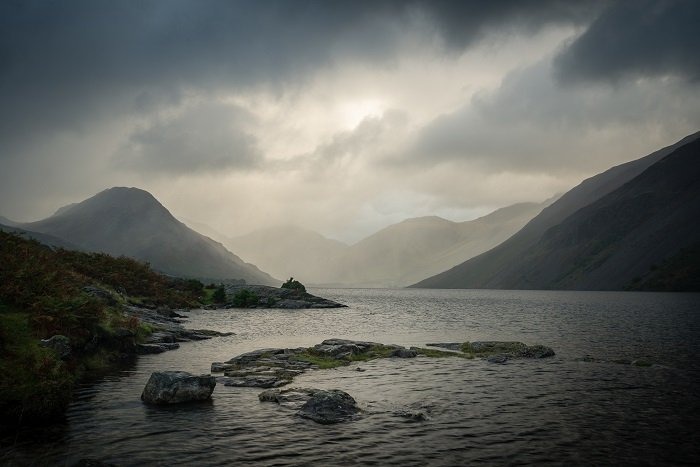
Patience, as they say, is a virtue, and that definitely rings true in the case of landscape photographers. It's one thing dashing your way through a landscape, gunning through hundreds of images in the hope of capturing something unique. More often than not you'll come away with sub-par images though.
You need to be prepared to explore thoroughly in order to find the best composition, rather than just settling for what's available at first glance (the classic route to cliche imagery.) However, the most important part is leaving things alone once you've found your optimal composition.
Often we have to wait a long time for the light to arrive. This can be improved with planning, but the weather is often unpredictable and we have to be prepared to stand by our composition for a long time until the light is right. This can often mean multiple visits to the same location, shooting the same thing because the light wasn't quite right last time. As in everyday life - Quality is far preferable to quantity. Be patient with everything from finding your composition to waiting for the light, and eventually you will be rewarded.
8. Break All the Rules and Have Fun
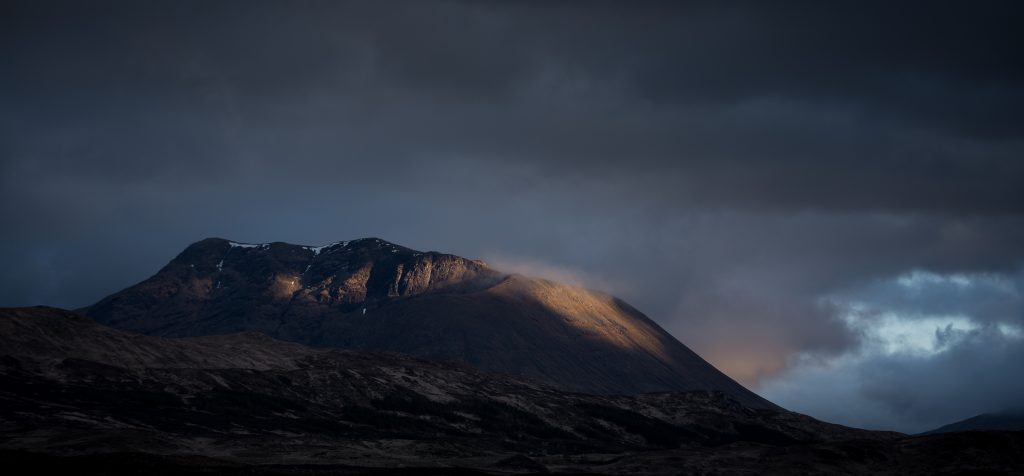
Rule of thirds? Leading lines? Shooting at sunset? These things are thrown about as the 'rules of landscape photography'. But photography is a creative endeavour and is governed by no rules.
Break them. Break them all and see what happens. If you use the same formula of "(rule of thirds + leading lines) * golden hour = great photograph" you will end up with hundreds of equally formulaic and predictable shots.
Next time you're out shooting, try placing the main subject dead centre of the frame. Try shooting on a grim, overcast day instead of holding out for that perfect sunset. It's all about being creative, so while these 'rules' can definitely be used as a starting point it's always best to use your intuition when the traditional approach isn't paying off.
Read More
- Ultimate Guide to Landscape Photography Pt 1
- Best Cameras for Landscape Photography
- Best Lenses for Landscape Photography
- Beginners Guide to Composition
 |
 |
 |
 |

About Alex W.
Alex is the owner and lead writer for Click and Learn Photography. An avid landscape, equine, and pet photographer living and working in the beautiful Lake District, UK, Alex has had his work featured in a number of high profile publications, including the Take a View Landscape Photographer of the Year, Outdoor Photographer of the Year, and Amateur Photographer Magazine.
Thoughts on "8 Quick Tips to Transform your Landscape Photography"
 |
 |
 |
 |
You can Get FREE Gifts. Furthermore, Free Items here. Disable Ad Blocker to receive them all.
Once done, hit anything below
 |
 |
 |
 |